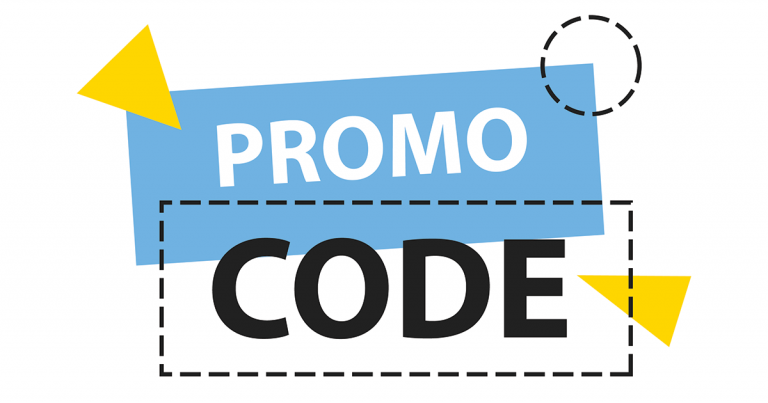Trending News

History And Origin Of The Electronic Drum Kit
Electronic Drum Kits didn’t really take the stage until the early 80’s when suddenly Simmons kits were on many video clips. The hexagonal pads looked so cool and space age. The sound was dramatic too.
The Tentative Beginnings
Drum machines were well established in the Organ market by the mid-late ’60s, but all the rhythms were preset. A few notable names like Felix Visser of a Pop band called the VIPs made experiments of controlling drum machine sounds with their own triggers. Graeme Edge of The Moody Blues did similar things with a prototype designed by himself and a university professor, Brian Groves.
Kraftwerk were also famous for making their own synthesiser drums, making & playing devices that they used on their wonderfully human-machine records through the ’70s. It was all very fascinating but not very practical as the kits were very flimsy and temperamental.

During the late ’70s and early ’80s people had such a strong interest in the future but while some top names like Carmine Appice (of Rod Stewart & Ozzy Osbourne fame) had championed the early electronic drum devices, they didn’t resonate with broader audiences.
Suddenly in 1980 people were ready, so when they heard songs like A Flock Of Seagulls “I Ran” with those spacy new sounds and exciting looking new kits in the videos it all fell into place. The new electronic drums appeared everywhere, and acts who had hidden their usage came out into the open.
The new electronic drum kits were of so much interest to the general public that talk shows ran segments with top talent Rock drummers like Bill Bruford playing, talking about, and demonstrating the capabilities of the kits. I remember watching one of these shows as a kid and being entranced.
The Technology
Simmons SDS-V Kit was the thing everyone got as they were not only physically more like “real” drums but the sounds were great. Sure they were synthetic sounds, but they had exactly the kind of snap, fizz & punch that people already loved in the mixes. If you squinted, you could even pretend they were real drum sounds.
The new kits were more like a traditional kit than the earlier devices that looked like school science kits and commonly were playing very Moogyor Dr Who type sounds rather than recognizable drum hits.

The drum kits came in essentially two parts: Pads & Brain.
Pads are essentially a replacement for the acoustic drums themselves that the player strikes to trigger sounds from the Brain. Initially, they were little more than “on” switches, but they grew in finesse over time.
The Brain is somewhat like a Drum Machine only was primarily designed to be triggered like a typical drum kit. This gave the player control over timing that a drum machine couldn’t.
These early kits weren’t exactly cheap and didn’t really compete as a replacement for a typical acoustic kit, however, they offered the ability to use not only the inbuilt “punchy” and “mix-ready” sounds but also any kind of synthesized or sampled sound.
This latter was great news for Progressive Rock (and Metal) drummers who wanted access to a much wider palette than they were used to being able to take on tour.
The Pop acts increased acceptance, but the Prog Rock players pushed the boundaries, which made manufacturers look harder at how to expand the usability of their electronic drum kits.
Taking A Back Seat
For a while, the electronic drum kit took a bit of a back seat to acoustic kits from the late ’80s. The Grunge kids didn’t want to be seen with them, and their fans were as scathing.
This pushed electronic drum kit development in another direction as the electronic drum kit became an alternative kit to solve one of a couple of problems:

- Lack of Space – electronic kits could be pushed into the smaller spaces offered as venues decreased their interest in live music and scaled back from 4-5 piece bands to duos playing covers.
- Top 40 Sounds – because the drummers were playing a lot of covers, preset sounds that emulated records being played on the radio helped them appear more professional in sound. The drummer could even swap kit sounds from track to track to sound closer to the hits they were playing.
- Practice Room – with the decline of live venues, the amount of money & time for practice rooms also decreased so having an electronic kit in the basement meant practice could be done without offending the neighbours (or even the wife & kids). Drums with headphones!
More Real Than Real
The more “domesticated” market drove an emphasis on finessing the acoustic side of the kits so that by today, a good player with a decent electronic drum kit is indistinguishable from the same with an acoustic kit on a recording.

That as well as having access to a world of mix-ready sounds.
It is not too uncommon for the sounds you hear on Rock recordings to have been played on electronic drum kits in the studio. This helps reduce processing time for the sounds as well as for ease of rearranging timing, parts or even sounds as the performance can be saved as MIDI data instead of “tape” recordings. The MIDI performance can be swapped in the mix.
These days, the greatest liability with professional-grade electronic drum kits the cost. The basic kits perform surprisingly well but shouldn’t be confused with the better kits that have more layers of expression and realism from more expensive materials and sample sets.
That said there is no shame in having a simpler kit as you grow. If you, as a drummer, accept the limits you have in the more limited kit, as the early players like Kraftwerk did, then you can still do amazing things. The audience doesn’t know or care if you only have 2 velocity layers.
Copyright © 2025 WyattScott. All Right Reserved.







.png)






